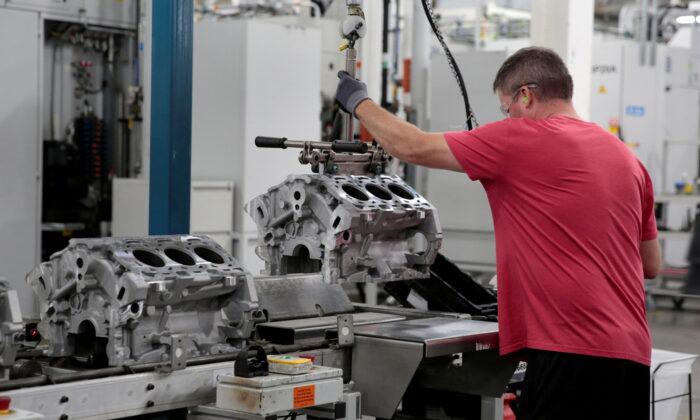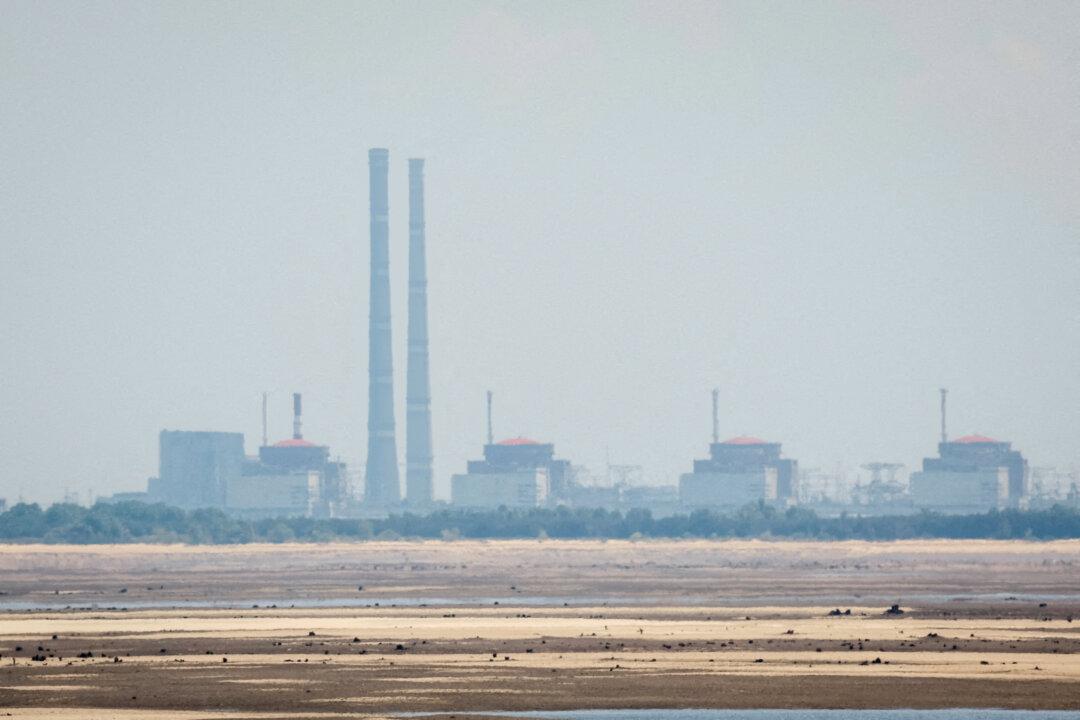WASHINGTON—U.S. worker productivity rebounded solidly in the first quarter, the government confirmed on Thursday, also noting that labor costs grew instead of contracting as previously reported.
Nonfarm productivity, which measures hourly output per worker, increased at an unrevised 5.4 percent annualized rate last quarter, the Labor Department said. Productivity fell at a 3.8 percent rate in the fourth quarter. Economists polled by Reuters had expected productivity would be raised to a 5.5 percent rate.
Productivity shot up early in the pandemic before slumping in the final three months of 2020. Economists attributed the jump to the hollowing out of lower-wage industries, like leisure and hospitality, which they said tended to be less productive.
Compared to the first quarter of 2020, productivity rose at an unrevised 4.1 percent rate.
Hours worked increased at a 3.0 percent rate last quarter, revised slightly up from the 2.9 percent pace estimated last month.
Unit labor costs—the price of labor per single unit of output—increased at a 1.7 percent rate. They were previously reported to have dropped at a 0.3 percent pace. Unit labor costs surged at a 14.0 percent rate in the fourth quarter. They rose at a 4.1 percent pace from a year ago, instead of at a 1.6 percent rate as previously reported.
They have also been distorted by the pandemic’s disproportionate impact on lower-wage industries.
Hourly compensation increased at a 7.2 percent rate last quarter, rather than the previously reported 5.1 percent pace. That followed a 9.7 percent growth pace in the fourth quarter. Compensation increased at an 8.3 percent rate compared to the first quarter of 2020, revised up from the previously estimated 5.8 percent pace.






Friends Read Free